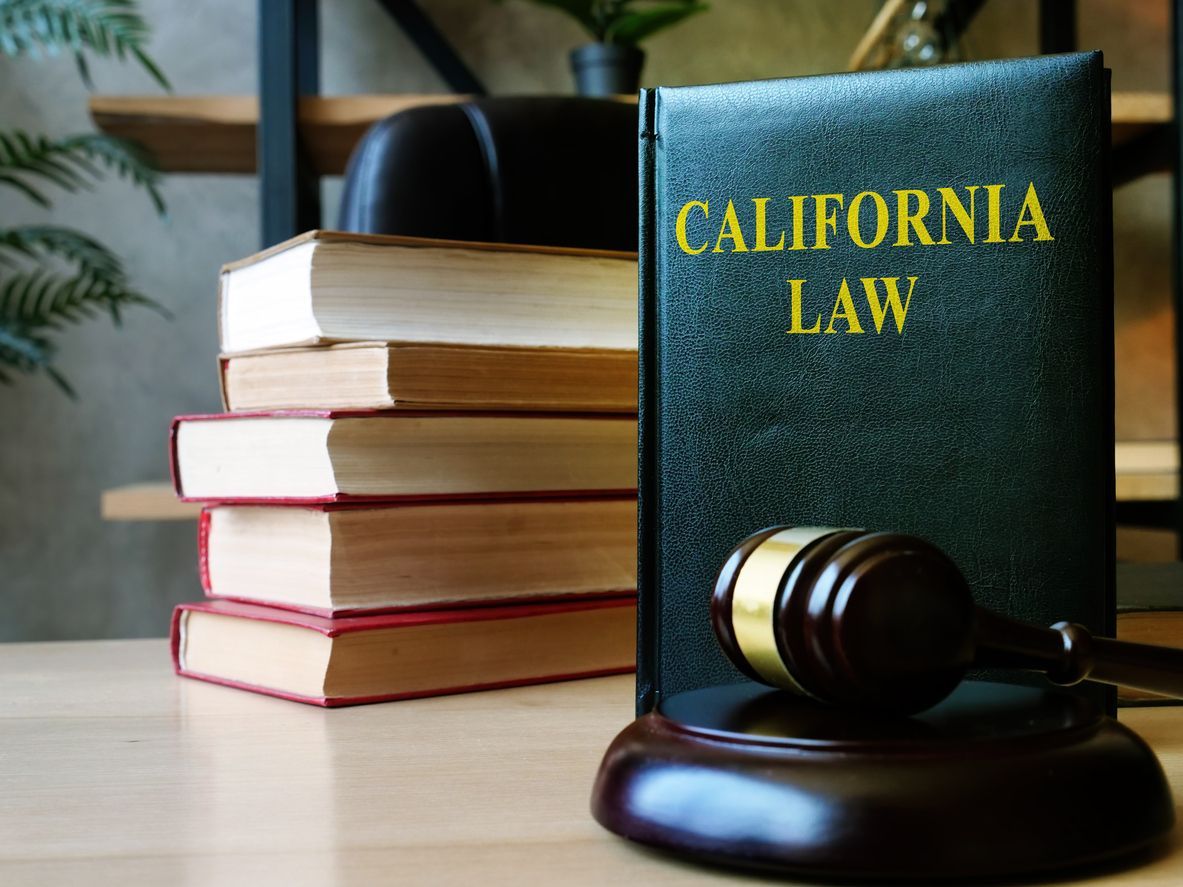How to Spot Age Discrimination at Work

Age discrimination in the workplace is a real problem that may go unnoticed. Recognizing the signs is the first step toward protecting your rights and fostering a fair workplace.
Common age discrimination examples include: being passed over for promotions in favor of younger coworkers, excluded from training opportunities, or pressured into early retirement. Continue reading for more information about age discrimination at work.
What Is Age Discrimination?
Age discrimination at work occurs when an employee is treated unfairly because of their age. In the United States, the Age Discrimination in Employment Act (ADEA) protects workers aged 40 and older from this kind of bias. However, discrimination is not always obvious. It can be subtle, woven into company culture, or masked as “business decisions.”
The law applies to various stages of employment, including hiring, promotions, pay, and termination. Understanding the scope of these protections helps employees recognize when workplace behavior crosses the line.
Examples of Age Discrimination in the Workplace
Although each situation looks different, there are recurring patterns of behavior that raise red flags. While not every situation could be grounds for a legal claim, the presence of one or some may be a sign of discriminatory culture. Some common age discrimination examples include:
- Biased hiring: Employers avoiding candidates who seem “too experienced” or favoring younger applicants even when older candidates are equally qualified.
- Promotion and training inequality: Excluding older workers from development programs or assuming they lack potential for leadership roles.
- Negative stereotypes: Comments suggesting that older employees are “slow,” “set in their ways,” or “unable to learn new technology.”
- Unequal treatment in layoffs: Older employees being let go first under the assumption they are more costly or less adaptable.
- Social exclusion: Leaving older workers out of team-building activities or decision-making discussions.
These situations can make employees feel undervalued and create a workplace culture that favors youth over experience.
Subtle Signs to Watch Out For
Not all discrimination is overt. Sometimes, age bias shows up in subtle ways that are easy to miss. For instance, a manager may regularly assign complex projects to younger staff members while sidelining older team members. Leadership might also use coded phrases like “culture fit” to justify excluding older candidates.
Another subtle form is pressure to retire early. Some employees are encouraged—either directly or indirectly—to step down, even when they still want to work. These actions may not always be framed as discrimination, but they contribute to an unequal environment.
How Age Discrimination Impacts the Workplace
Age discrimination doesn’t just harm individuals, it hurts organizations too. Companies that undervalue older workers miss out on the experience, stability, and mentorship they bring to the team. Discrimination can also lead to lower morale, reduced productivity, and potential legal challenges for the employer. When employees feel respected and included regardless of age, businesses benefit from diverse perspectives and stronger collaboration.
Steps to Take If You Suspect Age Discrimination
If you believe you’re experiencing age discrimination in the workplace, it’s important to take action thoughtfully. Here are a few steps you can consider:
- Document your experience. Keep detailed notes of discriminatory remarks, actions, or patterns. Dates, times, and witnesses can be crucial.
- Review company policies. Many organizations have anti-discrimination policies and internal complaint processes you can use.
- Speak with HR or management. Report your concerns through official channels before pursuing outside action.
- Seek legal advice if needed. If internal efforts fail, consulting an employment lawyer can help you understand your rights and options.
Building an Inclusive Workplace Culture
Preventing age discrimination isn’t just about laws, it’s about creating an environment where everyone can thrive. Employers can take proactive steps, such as:
- Offering training on understanding bias that includes age-related stereotypes.
- Ensuring equal access to professional development for workers of all ages.
- Valuing skills and experience alongside innovation and new ideas.
By cultivating a workplace culture that appreciates employees across generations, organizations position themselves for long-term success.
Age Discrimination and Wrongful Termination
Age discrimination often surfaces in the most damaging way: wrongful termination. Employers may disguise layoffs or firings as “restructuring." However, in reality, older employees are being pushed out because of stereotypes about productivity, adaptability, or cost.
Being let go due to age is not only unfair, it may be illegal under the ADEA and other state laws.
This type of discrimination can have long-term effects, not only on an individual’s career but also on their financial stability and sense of dignity. Wrongful termination based on age undermines workplace equality. It also sends a harmful message that experience and knowledge are less valued than youth. Recognizing this pattern is essential for understanding how age bias impacts both employees and workplace culture.
Seek Legal Help for More Information
Spotting and addressing age discrimination takes awareness, but you don’t have to handle it alone. Whether it appears through unfair hiring practices, limited opportunities, or pressure to leave the workplace early, age bias is a real issue that can affect your career and financial security.
If you believe you’ve been treated unfairly because of your age, it may help to speak with an attorney who understands employment law and workers’ rights.
Our firm knows the law; our discrimination lawyers seek to protect employees who suffer age discrimination. A conversation with a lawyer can be the first step toward making sure your rights are respected.
Share on Social Media





